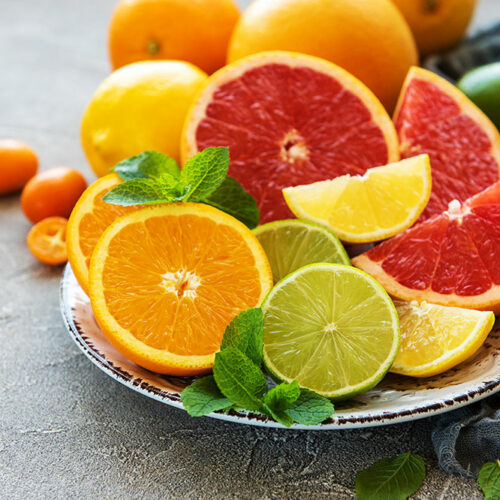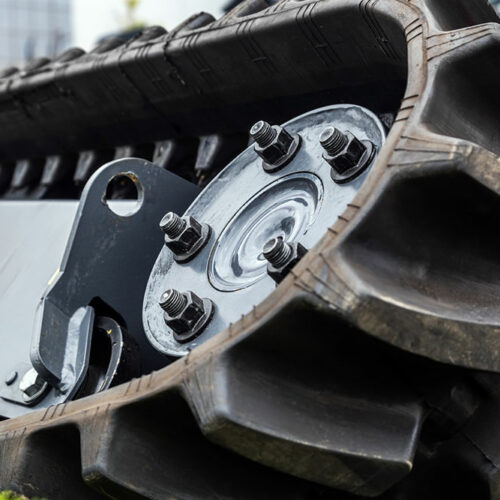6 common mistakes to avoid when designing a website

Having a good website has become crucial for brands. A well-designed website can help you grow your business by attracting more people and guiding them to take the desired action. It can help customers place an order, click on useful links, and allow you to interact with them in the chat section. However, creating a site is not easy. Here are six common mistakes to avoid when designing a website. Cluttering the site with too much content While it is crucial to narrate your story through your website, you must avoid extensive paragraphs and too much text. The website should be concise and to the point, giving visitors a quick background about your offering. Cluttering the website with too much content will take attention away from the main product or service, and you may not receive as many desirable actions to reach your goal. Not having a CTA Not using the right Call To Action or CTA may leave visitors feeling lost. A CTA tells visitors what you would like them to do. These are usually short phrases to convert a visitor into a customer or a follower, such as Add To Cart, Shop Now, Sign Up For A Free Trial, etc.






